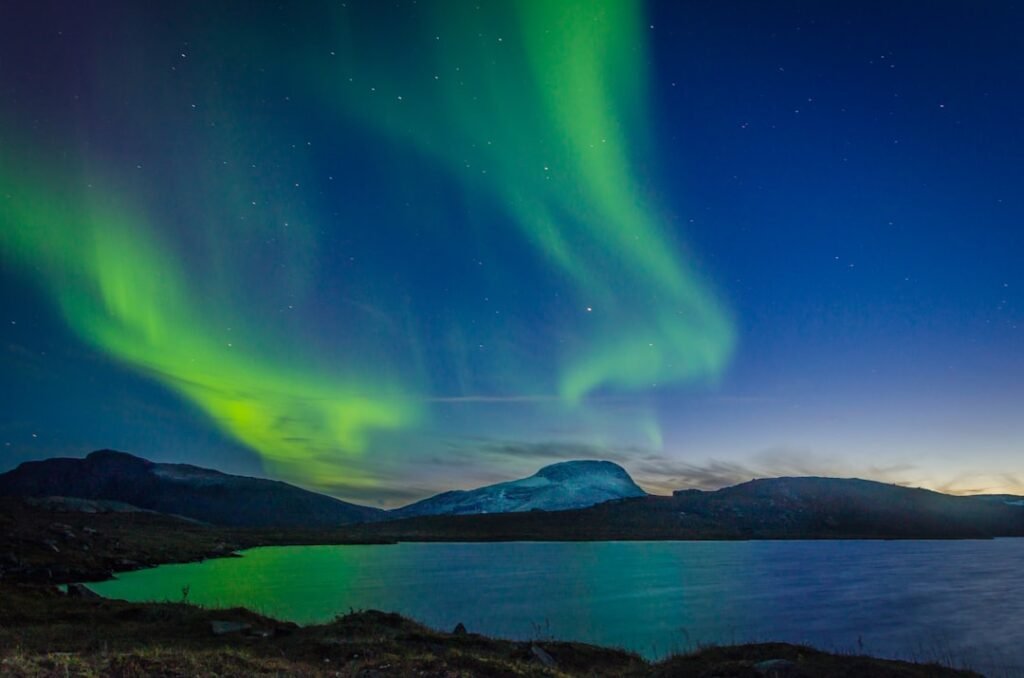You’ve probably seen the stunning images flooding social media recently: brilliant green and pink curtains of light dancing across skies in places like Texas, Alabama, and even the Caribbean. The Northern Lights, once a spectacle reserved for the Arctic Circle, are now appearing hundreds of miles south of their usual home.
This isn’t just some random cosmic coincidence. The shift is happening because we’re approaching the peak of Solar Cycle 25, which reached its maximum in early 2024. The sun is literally at its most active phase in over a decade, unleashing more powerful solar storms than we’ve seen in recent memory.
What makes this even more fascinating is that scientists believe the best aurora displays might still be ahead of us. Let’s explore exactly what’s causing this remarkable celestial migration and why you might witness Northern Lights in places where they’ve never been seen before.
Solar Maximum Intensity Reaches Historic Levels

You’re witnessing something extraordinary right now. During May 2024, a barrage of large solar flares and coronal mass ejections launched clouds of charged particles toward Earth, creating the strongest geomagnetic storm in two decades – and possibly among the strongest displays of auroras on record in the past 500 years. The sun has entered its most active phase, and it’s putting on a show unlike anything we’ve experienced in our lifetimes.
As the Solar Cycle approaches its peak in 2024-2025, scientists and enthusiasts alike are eagerly anticipating the heightened activity of the Aurora Borealis. With stronger solar flares and increased solar wind, the mesmerizing dance of colors in the night sky is expected to be even more spectacular than usual. Current solar activity levels represent the highest sustained activity in approximately 20 years, with some storms rivaling the legendary Halloween Storms of 2003.
Think of the sun like a massive engine that’s been slowly revving up for years. During solar maximum, the number of sunspots, and therefore, the amount of solar activity, increases. These dark spots on the sun’s surface might look small from Earth, but they’re actually regions where magnetic fields become so twisted and concentrated that they eventually explode outward.
Scientists predict that solar and geomagnetic storms during the current solar maximum period will increase the opportunities to view the auroras or northern lights and potentially impact technology. The intensity we’re seeing now is just the beginning of what promises to be an incredible celestial show.
Magnetic Field Interactions Create Southern Aurora Zones
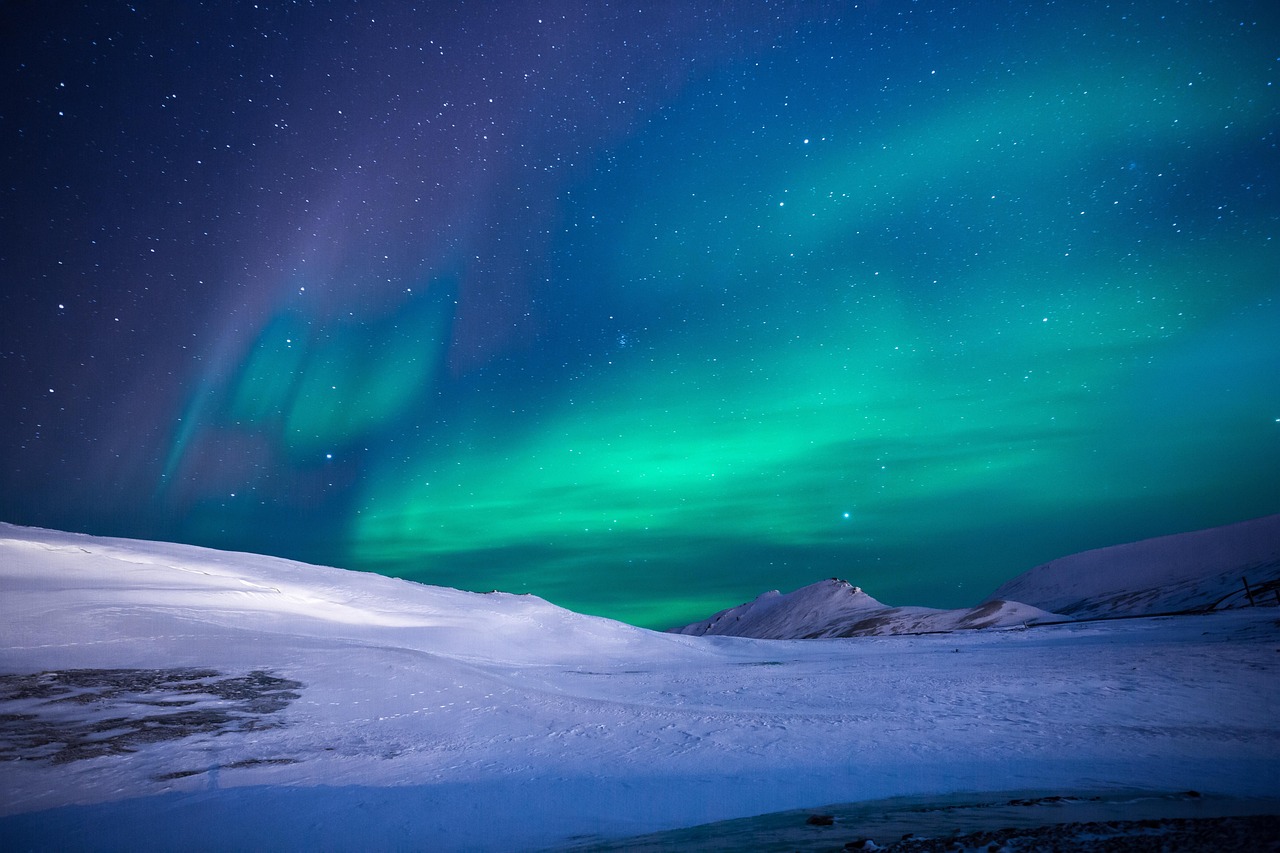
Your ability to see Northern Lights far from the poles comes down to a fascinating cosmic dance between the sun’s particles and Earth’s magnetic field. These colorful displays in the night sky occur when charged particles from the Sun get captured in Earth’s magnetic field lines and funnel down towards the poles. Here, they interact with Earth’s atmosphere, releasing energy that produces shimmering lights.
The stronger the solar storm, the farther south the northern lights can be seen. During intense geomagnetic storms, the aurora oval – the ring-shaped region where auroras typically occur – expands dramatically southward. If storms are big enough, it’s possible to see them in regions much further away from the poles. This happened in South Africa on 11 May 2024.
What’s particularly interesting is how Earth’s magnetic field geometry affects where you can see auroras. At the equinoxes, Earth’s tilt is neither toward nor away from the Sun, maximizing the likelihood of magnetic reconnection with solar wind. Combined with the solar maximum, this creates ideal conditions for vivid auroras. The magnetic field lines act like highways, guiding solar particles to specific regions where they can penetrate Earth’s atmosphere.
The farther south you go, a more reddish hue is visible rather than green, because the curvature of the Earth causes the particles to interact higher in the atmosphere. This explains why southern observers often report seeing different colors compared to traditional Arctic auroras.
The South Atlantic Anomaly’s Unexpected Role
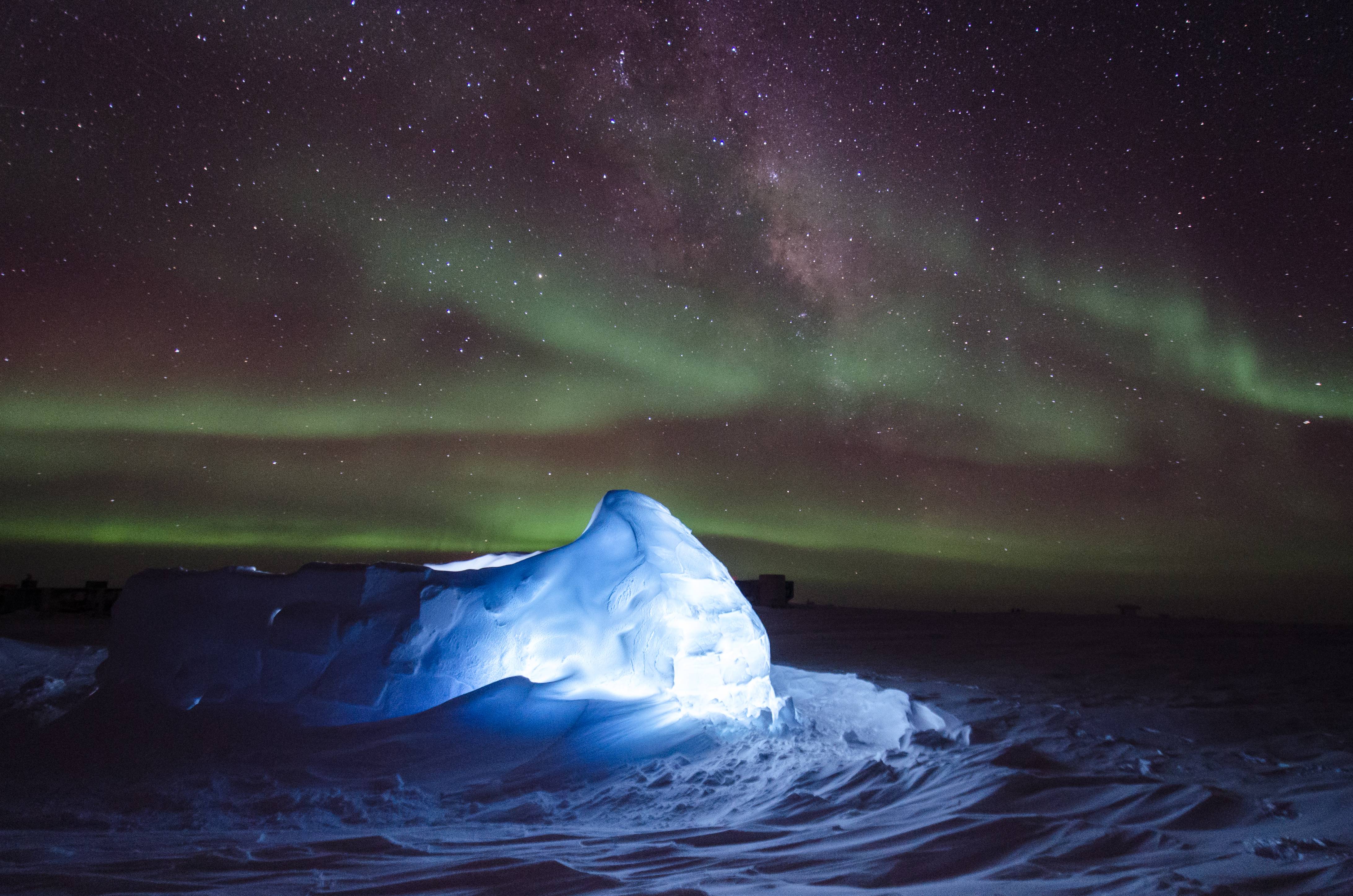
There’s a mysterious “dent” in Earth’s magnetic field that you probably haven’t heard about, yet it plays a crucial role in aurora visibility. The South Atlantic Anomaly is a large, oval-shaped region over South America and the southern Atlantic Ocean where Earth’s magnetic field is weakest. The anomaly is already well known for allowing charged particles from the sun to dip close to Earth’s surface.
Researchers found a “substantial weakening” of magnetic fluctuations in the aurora australis, or southern lights, where it overlaps with the South Atlantic Anomaly. This creates an unusual situation where one part of the southern hemisphere experiences dimmer auroras while other regions see them more frequently.
Satellite data reveal that this weak region in Earth’s magnetic field has grown by an area roughly half the size of continental Europe in the last 10 years. Recent studies published in 2024 found the South Atlantic Anomaly also has an impact on auroras seen on Earth. This expanding weak spot essentially creates a “hole” in our planet’s protective magnetic shield, allowing more solar particles to penetrate deeper into our atmosphere.
A huge reservoir of dense rock called the African Large Low Shear Velocity Province, located about 2,900 kilometers below the African continent, is thought to disturb the field’s generation. More specifically, a localized field with reversed polarity grows strongly in the South Atlantic Anomaly region, thus making the field intensity very weak. This underground geological feature is literally reshaping how auroras appear around the world.
Coronal Mass Ejections Drive Unprecedented Aurora Activity
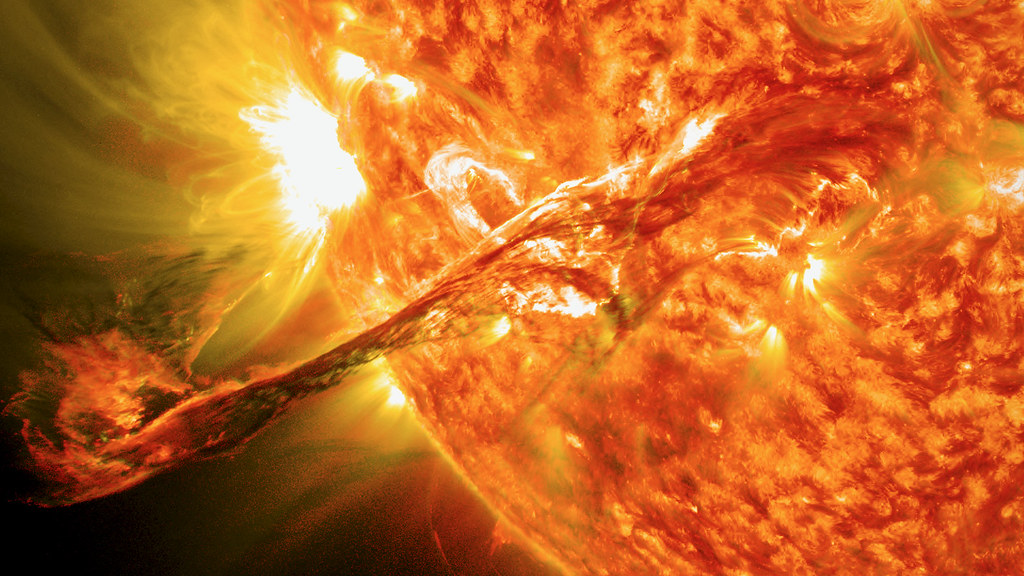
The real drama happens when the sun literally hurls pieces of itself toward Earth. Coronal mass ejections are large bubbles of hot plasma and magnetic field lines that are flung into space from the Sun. Solar flares unleash clouds of plasma and charged particles, called coronal mass ejections, into space. At least five flares and their associated coronal mass ejections appear to be directed at Earth.
Scientists tracked multiple strong flares emitting from a large cluster of sunspots on the solar surface. The cluster is 17 times the diameter of Earth. Scientists also observed at least seven coronal mass ejections releasing from the sun in the direction of Earth. These massive solar explosions travel the 93 million miles from sun to Earth in just 30 to 72 hours, carrying enough energy to light up entire hemispheres.
Think of coronal mass ejections like cosmic tsunamis of charged particles. A coronal mass ejection caused a moderate solar storm here on Earth. A solar, or geomagnetic, storm occurs when the charged particles within solar wind interact with Earth’s magnetic field, causing a significant disturbance. During high solar activity, like the current solar maximum, flares and coronal mass ejections become more frequent, sending even more energetic particles our way. That means brighter auroras can show up farther from the poles.
Several geomagnetic storms have already caused notable northern light displays over the past year, including one in May 2024 and a particularly strong storm in October. Each of these events represents billions of tons of solar material slamming into Earth’s magnetic field at speeds exceeding one million miles per hour.
Equinoctial Effects Amplify Southern Aurora Visibility
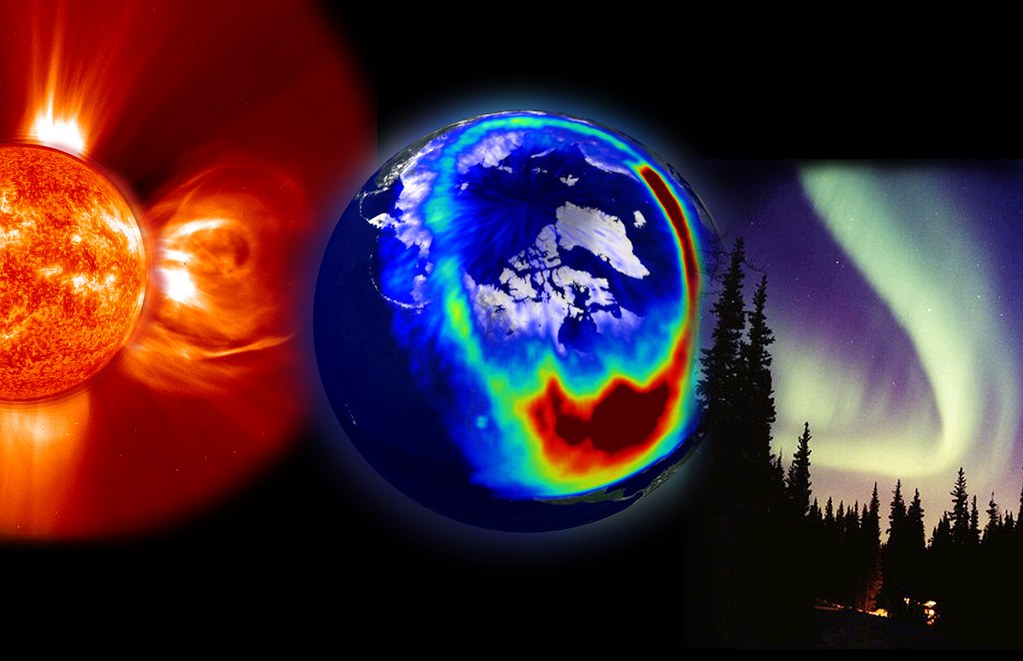
Your chances of seeing auroras far from the poles increase dramatically during specific times of the year, particularly around the spring and fall equinoxes. Auroras are usually most frequent in the weeks around the equinoxes – late March and September. In 2025, the weeks surrounding the September equinox are expected to provide some of the brightest and most frequent auroras in over a decade.
At the equinoxes, Earth’s axis is tilted neither toward nor away from the Sun. This geometry shapes how Earth’s magnetic field interacts with the solar wind: Earth’s magnetic field points north, and when the solar wind’s magnetic field points southward – opposite to Earth’s – the two fields can connect, a process called magnetic reconnection. This process lets energy and charged particles from the Sun stream into Earth’s magnetosphere, powering auroras.
Around the equinoxes in March and September, geomagnetic activity ramps up, making the Northern Lights easier to spot. At these times, Earth’s orientation allows solar wind to interact more directly with the magnetosphere, enhancing geomagnetic storms that fuel the auroras. It’s like opening a cosmic doorway that allows more solar particles to pour into our atmosphere.
For aurora hunters, this combination of factors means the weeks around the September 22 equinox are prime time for auroral viewing. Geomagnetic storms are still required to create visible displays further from the polar regions, but the odds are tipped in favor of more frequent and brighter aurora displays around this time of year. The geometry of space literally works in your favor during these periods.
Atmospheric Chemistry Creates Unusual Color Patterns
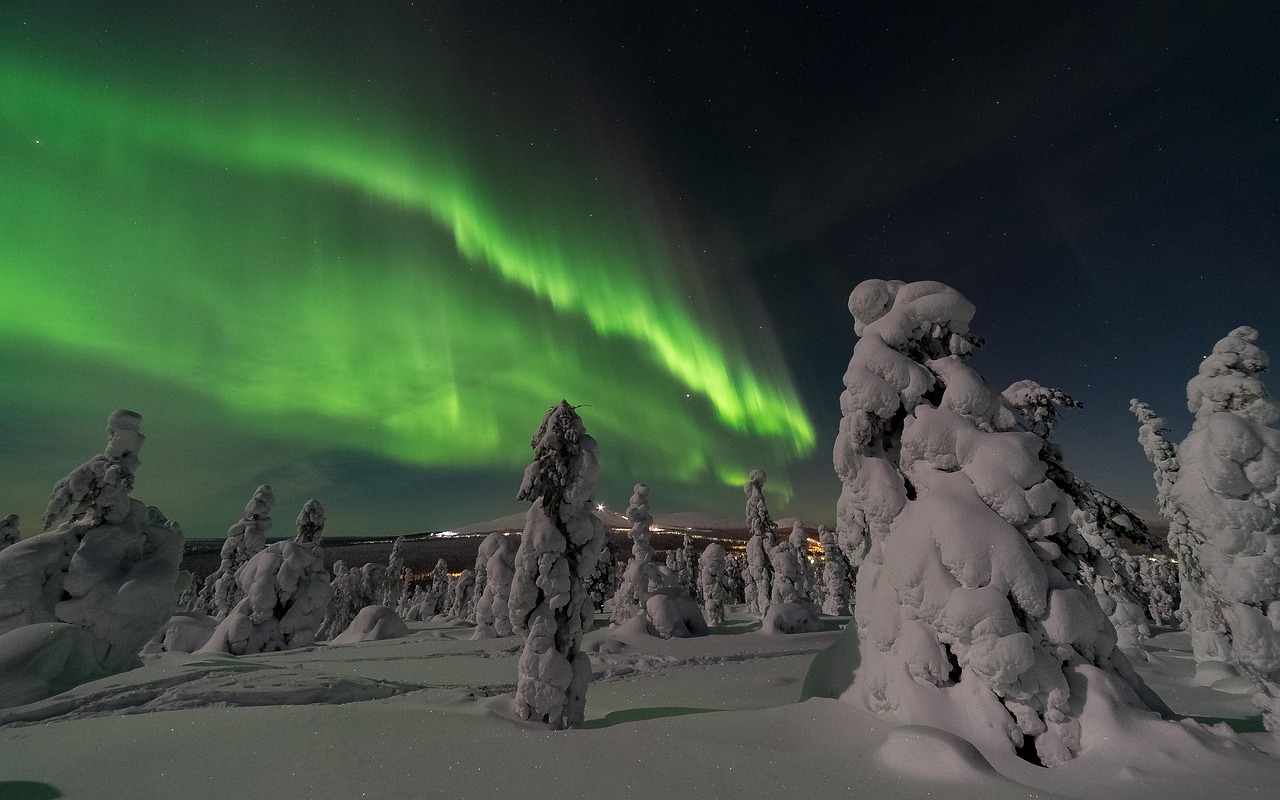
The spectacular colors you see when auroras appear far south tell a fascinating story about Earth’s atmosphere. As charged particles interact with oxygen and nitrogen, they release energy in the form of light. This creates a spectacular display of shimmering curtains, dynamic spirals, or arcs in colours like green, purple, red, and blue, with oxygen producing greens and reds, and nitrogen creating purples, blues, and pinks.
When particles interact with oxygen, the lights will be green; with nitrogen, blue and purple. However, something remarkable happens during intense storms that push auroras far south. You might have seen the vibrant scarlet aurora displays, which occur when particles interact with very high altitude oxygen – this only happens when the aurora is particularly energetic.
The altitude at which these collisions occur determines the colors you’ll observe. The Northern Lights are caused by charged particles from solar storms on the sun’s surface traveling towards Earth and reacting with gases like nitrogen and oxygen in the upper layer of our atmosphere. The different colors come from the molecules of different gases being chemically excited by the charged particles from the sun. Green auroras typically occur between 60 to 150 miles above Earth, while red auroras happen at higher altitudes where oxygen behaves differently.
During the strongest geomagnetic storms, you might witness colors that rarely appear during normal aurora activity. These unusual hues result from solar particles with so much energy that they penetrate deeper into Earth’s atmosphere, exciting gases at lower altitudes that don’t normally participate in auroral displays. The chemistry literally changes based on how powerful the solar storm happens to be.
Technology Impacts Mirror Aurora Intensity
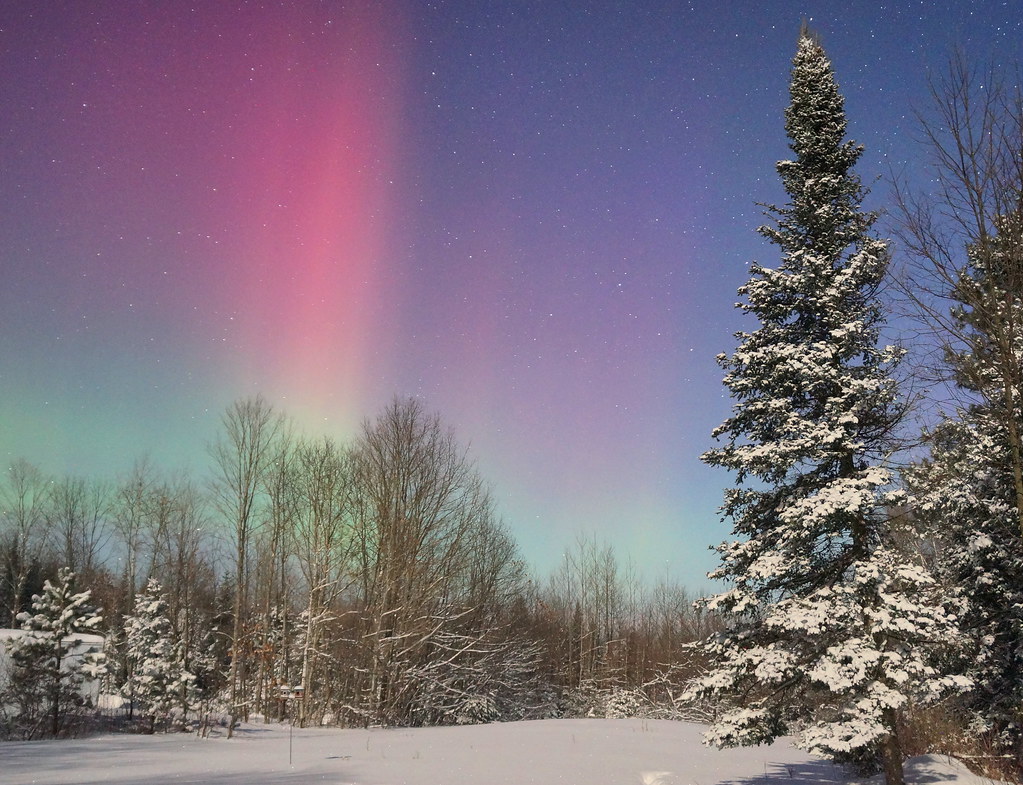
The same solar storms that create breathtaking auroras in unusual locations also pose significant risks to our technology-dependent world. Solar activity strongly influences conditions in space known as space weather. This can affect satellites and astronauts in space, as well as communications and navigation systems – such as radio and GPS – and power grids on Earth. When the Sun is most active, space weather events become more frequent.
When directed at Earth, geomagnetic and solar radiation can induce currents on high-voltage transmission lines and cause problems for transformers on the power grid. One of the most damaging geomagnetic storms occurred in 1989, when roughly 6 million people in Montreal, Canada, lost power for nine hours. The radiant storm poses the potential to disrupt modern technology.
A weaker magnetic field leaves Earth vulnerable to high-energy particles from the sun and space. More satellites may suffer damage as solar ions penetrate deeper into the planet’s weakened magnetic shield. Computer models suggest that if the dipole keeps dropping, blasts of protons from major solar storms could destroy up to 40% of Earth’s ozone at high latitudes for months to years at a time.
The correlation between aurora visibility and technology disruption is direct: the stronger the geomagnetic storm needed to push auroras south, the greater the potential for infrastructure problems. NOAA ranks geomagnetic storms on a five-point scale, with those rated G5 capable of widespread voltage control problems that could lead to power blackouts. In this scenario, auroras could possibly be seen as far south as Florida and southern Texas. When you see Northern Lights in unusual locations, it’s often a sign that powerful space weather events are simultaneously challenging our technological systems.
Future Aurora Predictions Through 2027
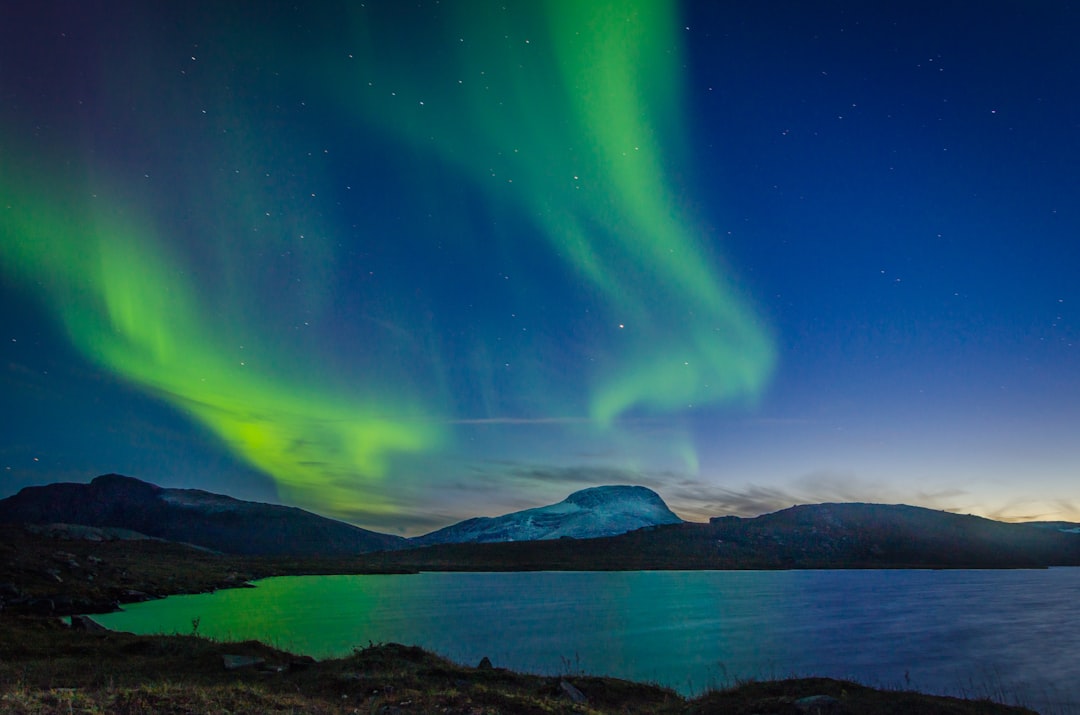
The remarkable aurora displays you’re witnessing now are just the beginning of what promises to be an extraordinary period for skywatchers. The declining phase of Solar Cycle 25 is expected to maintain elevated geomagnetic activity through 2027, with particularly active periods around the spring and autumn equinoxes when Earth’s magnetic field orientation allows enhanced solar wind interaction. Recent aurora visibility as far south as Texas, California, and parts of Europe during moderate storms suggests that even routine space weather events during this cycle can produce memorable displays.
We may have passed the peak of solar maximum, but that doesn’t mean the aurora season is winding down. In fact, the years after solar maximum can be some of the most exciting for skywatchers. Auroras often peak after solar maximum. The declining phase of solar cycle 25 could fuel brighter displays – and maybe a dramatic ‘last gasp’.
Solar Maximum produces “dramatically more” auroral displays to light up the night sky. As a result, we are expected to see ‘the most frequent and intense Northern Lights displays’, starting in 2024 and potentially lasting through to 2026. With the solar cycle approaching its peak, more frequent aurora displays are expected throughout 2025. Scientists predict that increased solar activity could bring stronger geomagnetic storms, potentially allowing the Northern Lights to be seen even farther south in the coming months.
The combination of Solar Cycle 25’s unexpected strength and the approaching “last gasp” phase creates a unique astronomical opportunity that may not repeat for another decade. The potential for G5-level storms during the upcoming last gasp phase could produce auroral displays comparable to or exceeding the famous Carrington Event of 1859. For both seasoned aurora chasers and first-time observers, the next 18 months represent a prime opportunity to witness one of nature’s most spectacular phenomena.
Conclusion
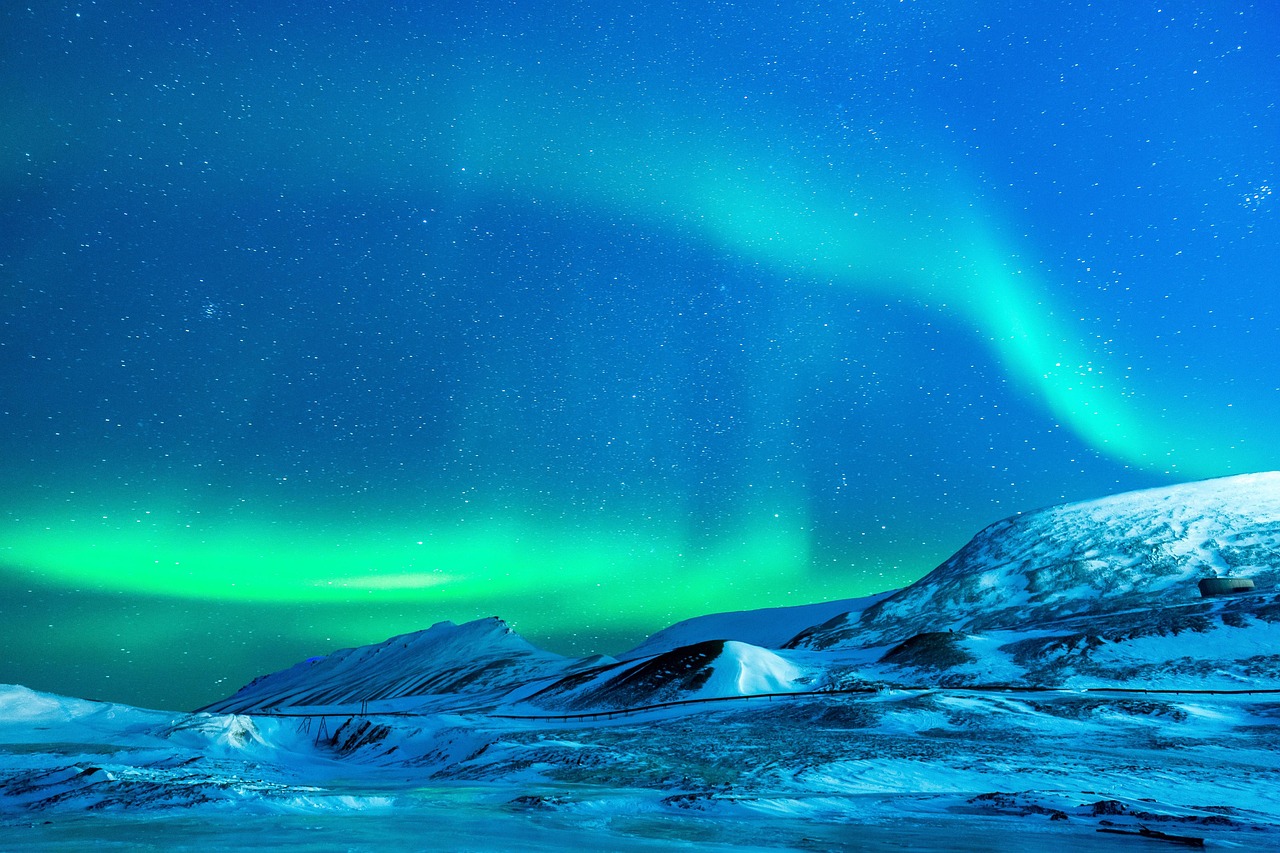
The science behind the Northern Lights’ southern migration reveals an intricate cosmic ballet between our sun’s magnetic fury and Earth’s protective magnetic field. You’re witnessing a rare convergence of solar maximum intensity, magnetic field interactions, and atmospheric chemistry that’s creating aurora displays in places they haven’t been seen for decades or even centuries.
The combination of record-breaking solar activity, expanding magnetic anomalies, and the approaching “last gasp” phase of Solar Cycle 25 means the spectacular light shows you’re seeing now are likely just the opening act. With scientists predicting continued elevated geomagnetic activity through 2027, you may have multiple opportunities to witness Northern Lights far from their traditional Arctic home.
This phenomenon offers us a front-row seat to understand how our planet interacts with the broader cosmos. As Earth’s magnetic field continues evolving and solar activity remains intense, the boundary between the ordinary and extraordinary keeps shifting southward. What do you think about the possibility of seeing Northern Lights in your own backyard? Keep watching the skies – the best displays might still be ahead of us.

Jan loves Wildlife and Animals and is one of the founders of Animals Around The Globe. He holds an MSc in Finance & Economics and is a passionate PADI Open Water Diver. His favorite animals are Mountain Gorillas, Tigers, and Great White Sharks. He lived in South Africa, Germany, the USA, Ireland, Italy, China, and Australia. Before AATG, Jan worked for Google, Axel Springer, BMW and others.

